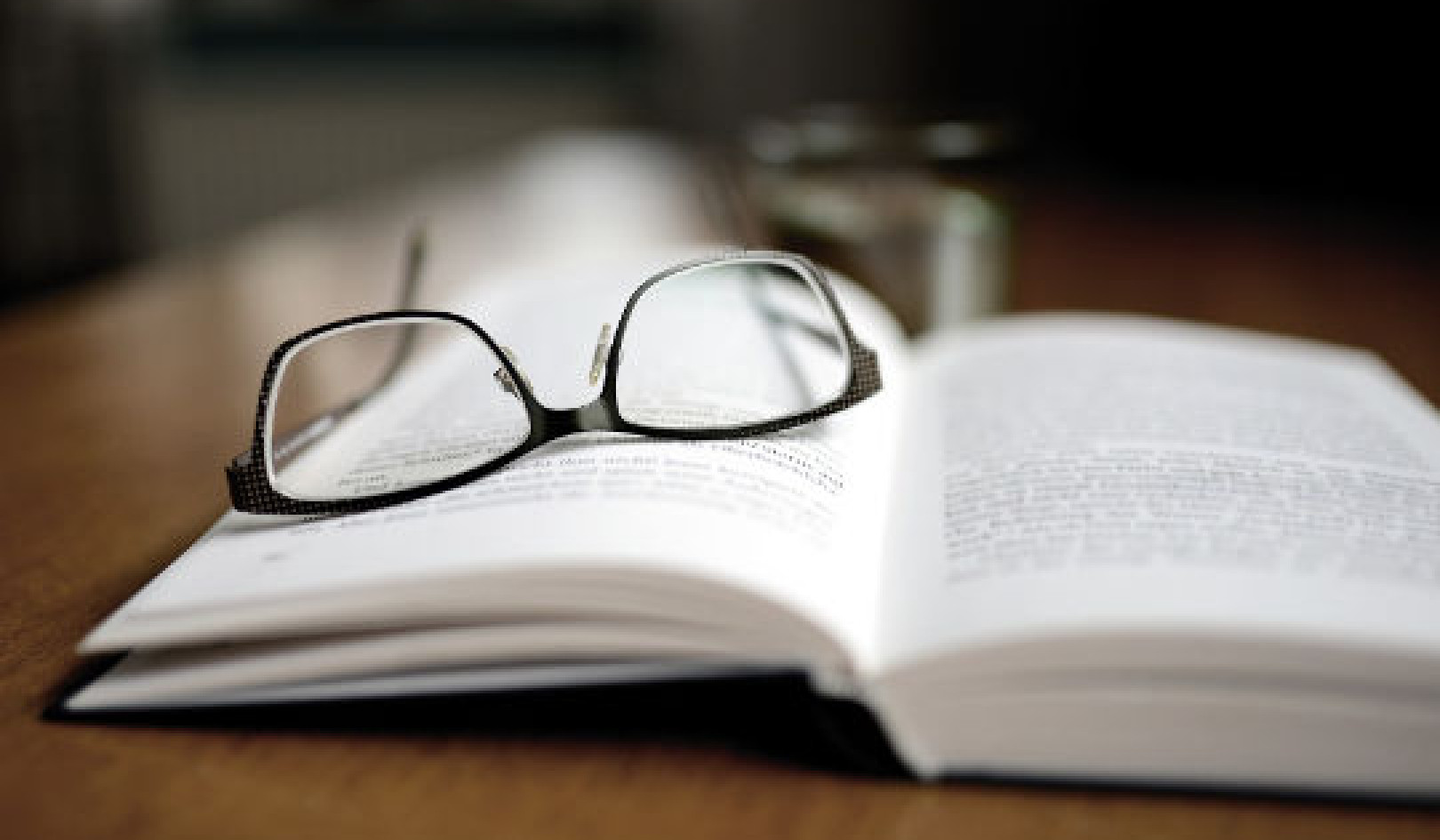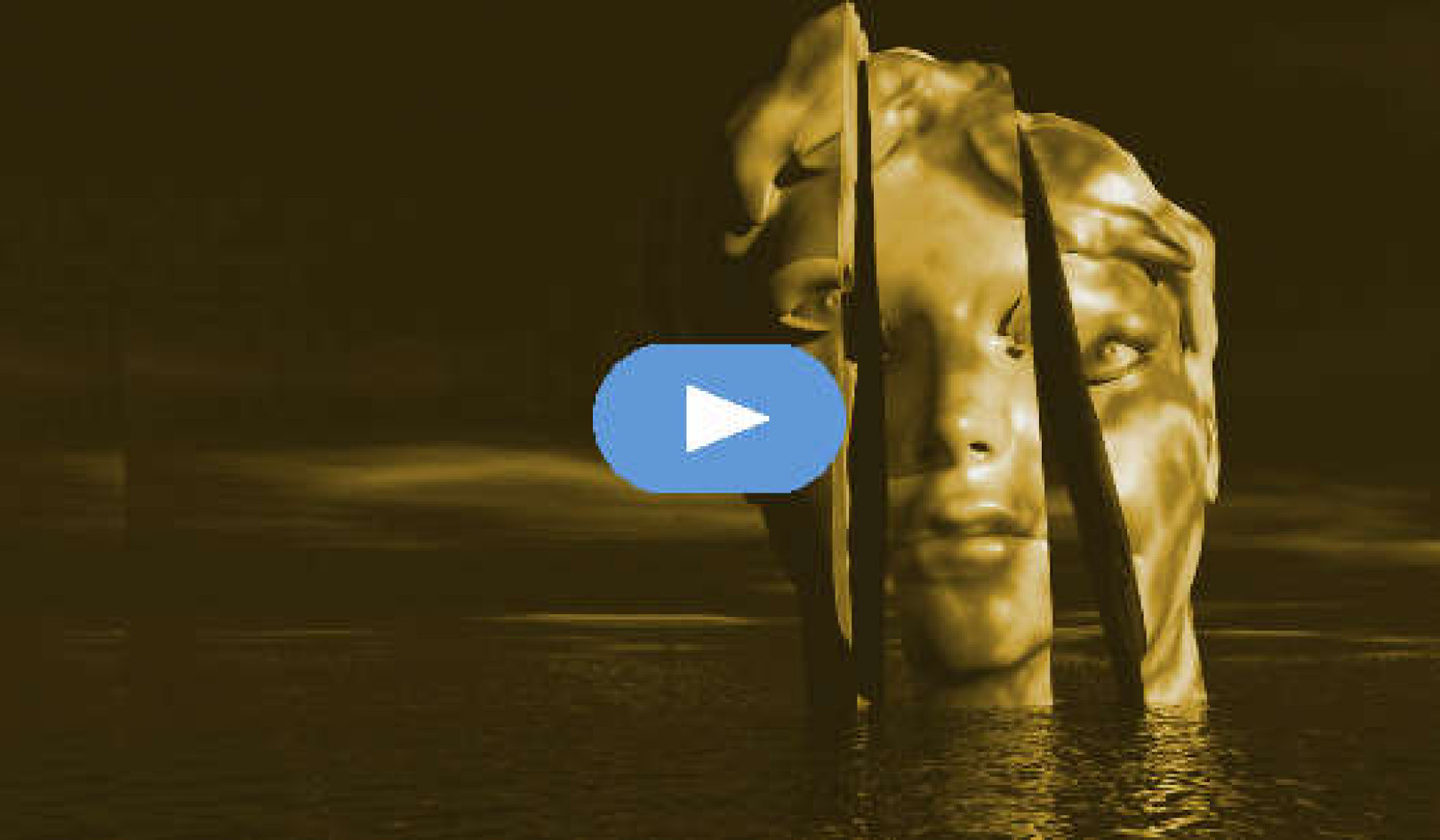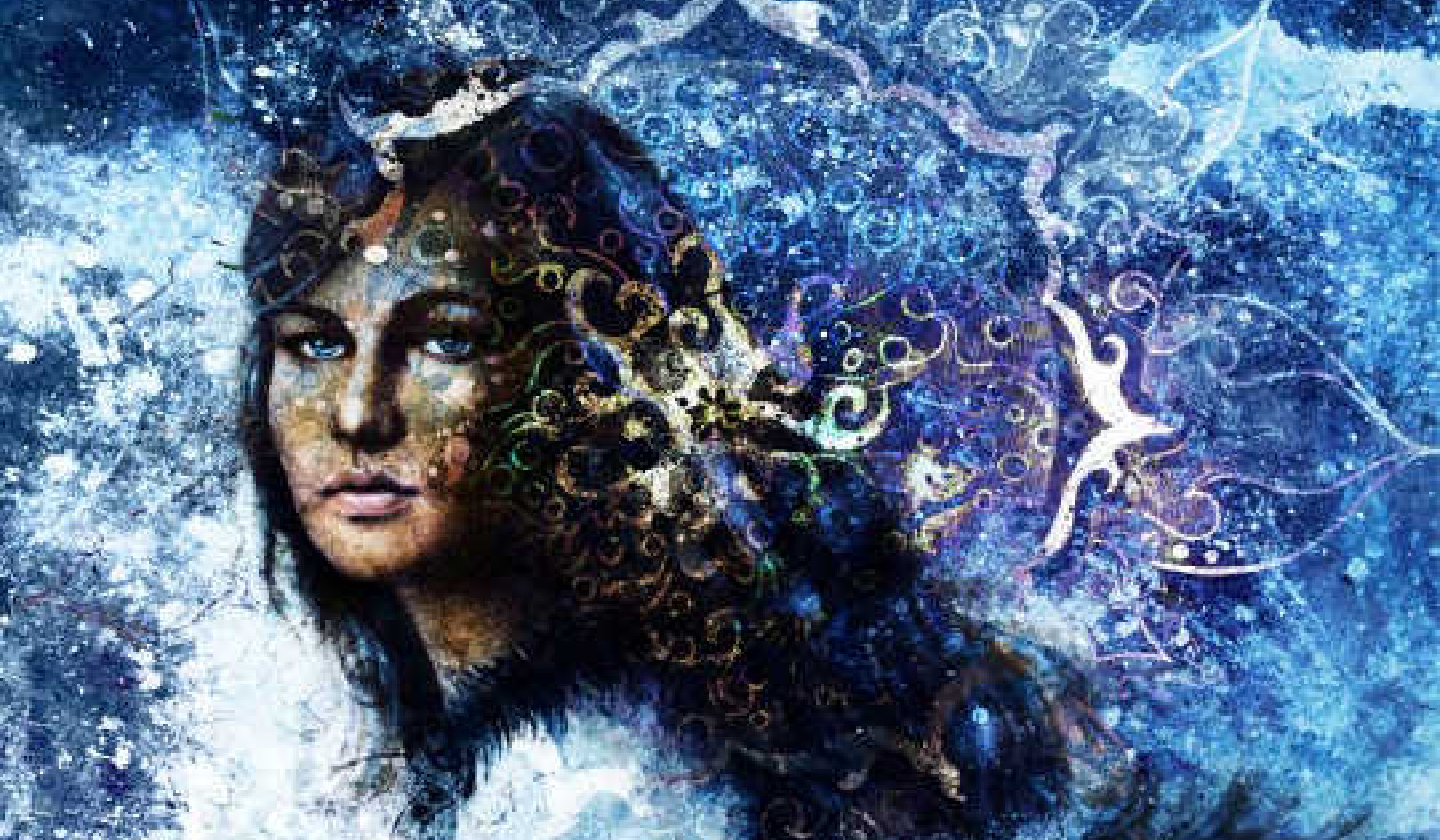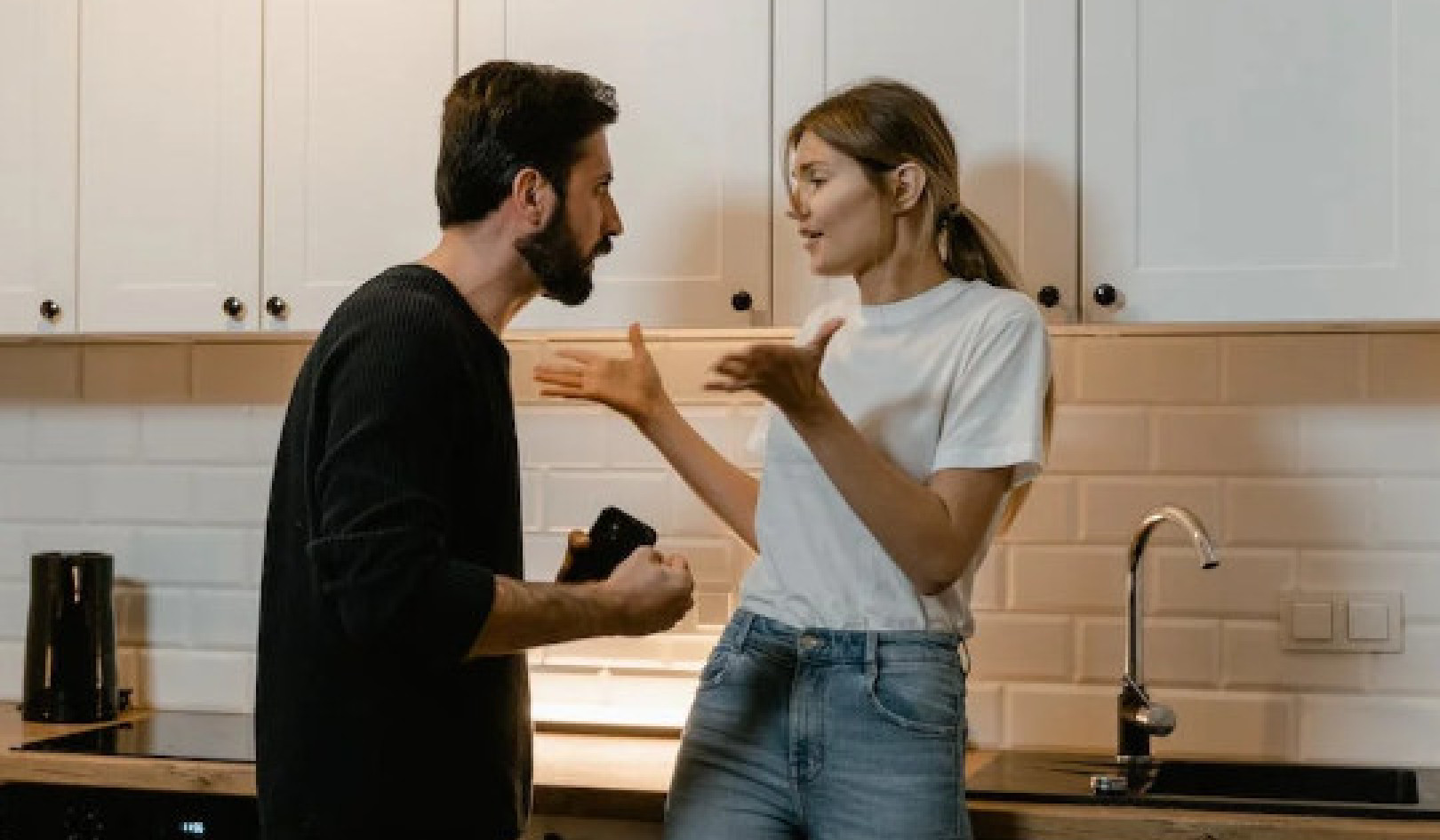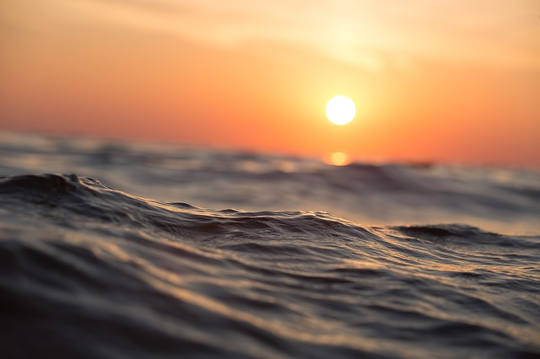
Panic is an escalating sense of terror that can feel as if we are being flooded and immobilized by the glare of change. Panic is what you feel on the way to the altar or to the theater on opening night, or to the airport for a book tour. It is rooted in "I know where I want to go, but how am I going to get there?"
Worry has an anxious and unfocused quality. It skitters subject to subject, fixating first on one thing, then on another. Like a noisy vacuum cleaner, its chief function is to distract us from what we really are afraid of. Worry is a kind of emotional anteater poking into all corners for trouble.
Fear, Worry, Panic... How Are They Different?
Fear is not obsessive like worry and not escalating like panic. Fear is more reality based. It asks us to check something out. Unpleasant as it is, fear is our ally. Ignore it and the fear escalates. A sense of loneliness joins its clamor. At its root, fear is based in a sense of isolation. We feel like David facing Goliath with no help from his cronies and a concern that this time, his trusty slingshot might not work.
The more active -- and even more negative -- your imagination is, the more it is a sign of creative energy. Think of yourself as a racehorse -- all that agitated animation as you prance from paddock to track bodes well for your ability to actually run.
In both my teaching and collaborative experience, I have often found that the most "fearful" and "neurotic" people are actually those with the best imaginations. They have simply channeled their imaginations down the routes of their cultural conditioning. The News at Five is never the good news, and so when they play the possible movie of their future they routinely screen the one with danger and dire outcomes.
Worry Is Imagination's Negative Stepsister
Worry is the imagination's negative stepsister. Instead of making things, we make trouble. Culturally, we are trained to worry. We are trained to prepare for any negative possibility. The news tutors us daily in the many possible catastrophes available to us all. Is it any wonder that our imaginations routinely turn to worry? We do not hear about the many old people who make it safely home; we hear of the grandmother who did not.
Fears for our own safety and the safety of others, the sudden suspicion of brain tumors and neurological disorders, the "realization" that we are going blind or deaf, any and all of these worrisome symptoms indicate we are on the brink of a large creative breakthrough, not breakdown, although the resemblance between the two can feel striking.
Poised to shoot a feature film, I found myself abruptly plagued by the "conviction" that a sniper was about to shoot me in the eye. Where this phobia came from, I don't know, but it plagued me on the city streets. That it arrived on the brink of my shooting a film, I consider no coincidence. Also, non-coincidentally, once the camera was running, my sniper ran away.
Authors leave on book tours, huffing on their inhalers. Filmmakers populate the ER, suddenly beset by hives. Pianists know the terror of imminent arthritic crippling. Dancers develop club feet, stubbing their "en pointe" toes walking to the bathroom. We survive these maladies and the success that they presage more easily if we remember not to worry about worry.
The Need to Focus and Channel Our Active Imagination
After thirty-five years in the arts and twenty-five years of teaching creative unblocking, I sometimes think of myself as a creative dowsing rod. I will meet someone and my radar will start to twitch. Creative energy is clear and palpable energy, disguised perhaps as neurosis or fretfulness, but real and usable energy nonetheless. I feel a little like a tracker -- the bent twig of someone's undue anxiety tells me that person has an active imagination that needs to be focused and channeled, and that when it is, we will have quite a flowering.
One of my daughter's high school friends was a hyperactive teenager with bright, avid eyes and a restless energy that jogged him foot to foot as he exclaimed, "Look at that! Look at that!" his attention darting here, then there. Nothing escaped his worried attention. He literally looked for trouble.
That boy needs a camera, I thought, and gave him one for his high school graduation present. It's ten years later and he's a filmmaker. No surprise to me. His worrisome intensity lacked only the right channel.
When we focus our imaginations to inhabit the positive, the same creative energy that was worry can become something else. I have written poems, songs, entire plays with "anxiety." When worry strikes, remind yourself your gift for worry and negativity is merely a sure sign of your considerable creative powers. It is the proof of the creative potential you have for making your life better, not worse.
We can learn to throw the switch that channels our energy out of worry and into invention. If we are to expand our lives, we must be open to positive possibilities and outcomes as well as negative ones. By learning to embrace our worried energy, we are able to translate it from fear into fuel. "Just use it, just use it," an accomplished actress chants to herself when the worried willies strike. This is a learned process.
Worry Is Misplaced Creative Energy
In my experience, artists never completely outgrow worry. We simply become more adroit at recognizing it as misplaced creative energy.
I have sat in the back of movie theaters with accomplished directors who suffered attacks of asthma and nausea as their movies were screened for preview audiences. As a playwright, I have watched in horror as my leading lady stood heaving like a carthorse, hyperventilating in the wings before stepping onstage to perform brilliantly.
It is palpable nonsense to believe that "real artists" are somehow beyond fear, and yet that is the version of "real artists" so often sold to us by the press. We learn of an artist's nerviness "Steven acquired his first camera at age seven" but we seldom hear of an artist's nerves. It is for this reason that I like to tell the stories I was privy to in my twenties, when I was married to young Martin Scorsese, who was friends with young Steven Spielberg, George Lucas, Brian DePalma, and Francis Ford Coppola. From my privileged position as wife and insider, I witnessed fits of nerves and bouts of insecurity suffered through with the help of friends.
Because all of the men in our intimate circle matured into very famous artists, these stories are quite valuable -- not because they drop names but because they drop information. They tell us in no uncertain terms that great artists suffer great fears like the rest of us. They do not make art without fear but despite fear. They are not worry free but they are free to both worry and create. They are not superhuman and we need not expect ourselves to be so either. We need not disqualify ourselves from trying by saying "Since it's so terrifying for me, I must not be supposed to do it."
Let me say it again: Some of the most terrified people I ever met are some of the greatest American artists. They have achieved their careers by walking through their fears, not by running away from them. The very active imaginations that led them into jittery terrors are the same imaginations that have allowed them to thrill us, enthrall us, and enchant us. Your own worries may similarly be the pilot fish that accompany your great talent. They are certainly no reason not to swim deeper into the waters of your own creative consciousness.
TASK: Let the "Reel" Be an Ideal
Our imagination is skilled at inhabiting the negative. We must train it to inhabit the positive. On the brink of a breakthrough, we often rehearse our bad reviews -- or, at least, our bad day. We imagine how foolish we will look ever to have hoped to have our dreams. We are adroit at picturing our creative downfalls.
Fortunately, success sometimes comes to us whether we can imagine it or not. Still, it comes to us more easily and stays more comfortably if it feels like a welcome guest, something looked forward to with anticipation, not apprehension. This tool is an exercise in optimism, and that word "exercise" is well chosen. Some of us may have to strain to constructively imagine our ideal day. But let's try it.
Take pen in hand. Set aside at least one half hour for writing freely. Imagine yourself at the beginning of your ideal day, a day in which all of your dreams have come true and you are living smack in the middle of your own glorious accomplishments.
How does it feel? How good can you imagine feeling? Moment by moment, hour by hour, happening by happening, and person by person, give yourself the pleasure in your own mind's eye of the precise day you would like to have. For example:
"I wake up early, just as a beautiful morning light spills into the room and focuses on the wall where I have hung the covers of my best original cast albums for my Broadway shows. My bedroom has a fireplace and my row of Oscars and Tony awards balance happily on the mantel. I slip from bed so as not to wake my beloved, who is happily still asleep. It is a big day, day one of rehearsals for a new show. Casting has gone well. The director is superb. Everyone is eager and excited to be at work, and so am I. I have worked with many of these people before. We have a loyal, constructive, and brilliantly talented core group of talent that was working in what they call Broadway reborn, as the melodic songs of our work echo the best of Rodgers and Hammerstein."
Let your imagination be a real "ham." Spare no expense and consider nothing too frivolous. Do you have telegrams of congratulations wreathing your makeup mirror? Did somebody send you two dozen roses, and a dozen fresh bagels for breakfast?
When the phone rings with great news, who is calling to say "That's great!" Is it your favorite sister or the president? This is your day and you have it exactly as you want.
Allow yourself to inhabit your absolute ideal from morning until nightfall. Include your family and friends, your pets, time for a nap or high tea. Enjoy scones and excellent reviews. Accept a lucrative and prestigious film deal. Make arrangements to tithe a percentage of your megaprofits to charity. Stretch your mind and your emotional boundaries to encompass the very best day you can imagine and allow yourself a sense of peace, calm, and self-respect for a job well done.
Reprinted with permission of the publisher,
Tarcher/Putnam publishing. ©2002.
Article Source
Walking in This World: The Practical Art of Creativity
by Julia Cameron. The author's sequel to her successful guide to creativity The Artist's Way shows readers how to tap their child-like inquisitiveness, wonder, and delight to reconnect with their own creative selves. 50,000 first printing.
The author's sequel to her successful guide to creativity The Artist's Way shows readers how to tap their child-like inquisitiveness, wonder, and delight to reconnect with their own creative selves. 50,000 first printing.
Info/Order this book. Also available in a Kindle edition.
About the Author
JULIA CAMERON has been an active artist for more than thirty years. She is the author of seventeen books of fiction and nonfiction, among them The Artist's Way, The Vein of Gold, and The Right to Write, her best-selling works on the creative process. A novelist, playwright, songwriter, and poet, she has multiple credits in theater, film, and television. Julia divides her time between Manhattan and the high desert of New Mexico.
Related Books
at InnerSelf Market and Amazon

























